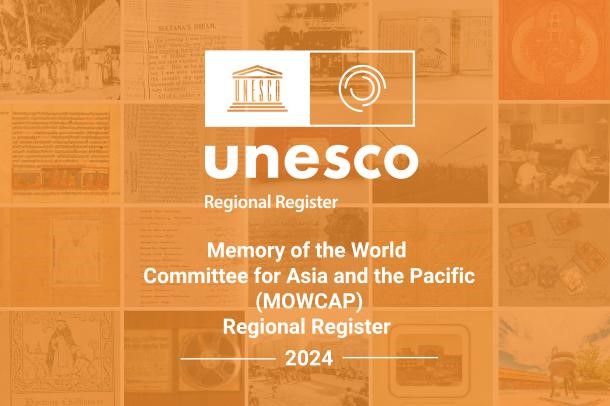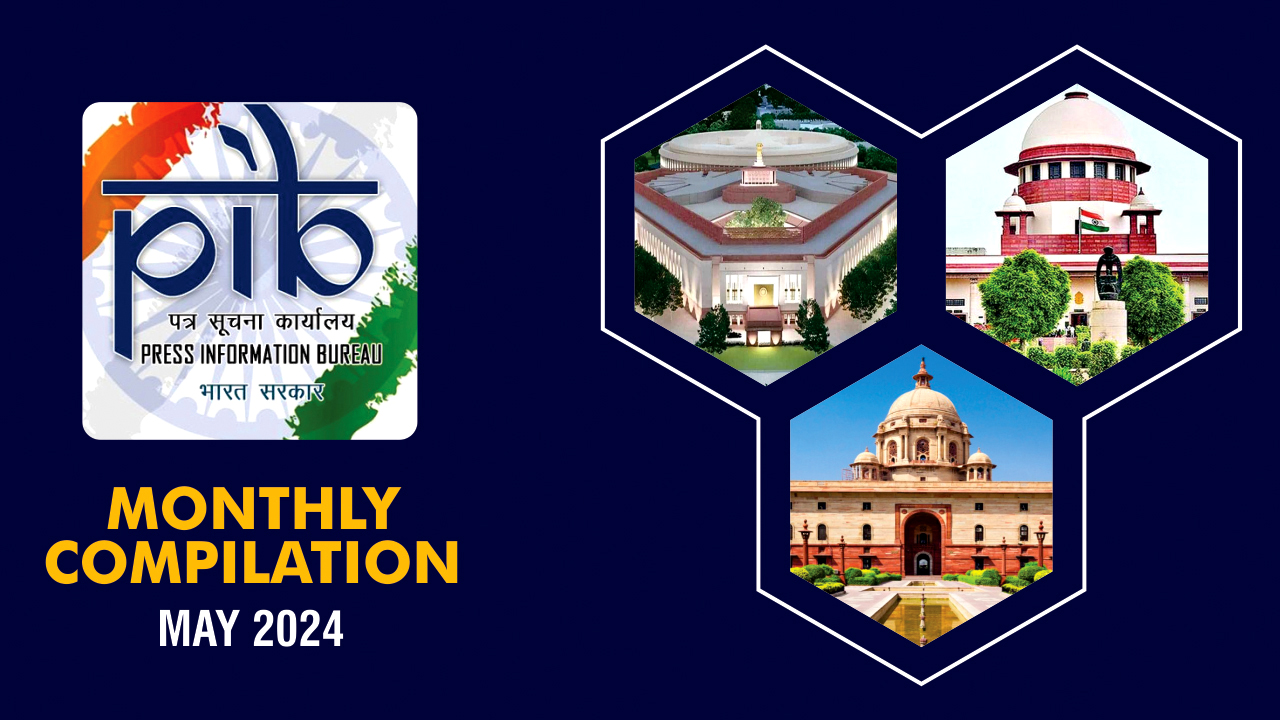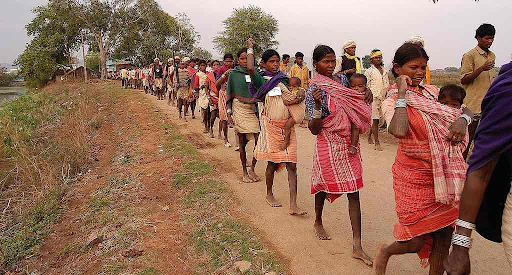Description

Disclaimer: Copyright infringement not intended.
Context
- The Ramcharitmanas, Panchatantra, and Sahṛdayāloka-Locana have been included in UNESCO's Memory of the World Asia-Pacific Regional Register.
Significance of the Literary Works
Ramcharitmanas
- Authored by Goswami Tulsidas.
- Revered epic in Indian literature.
- Significant influence on the cultural and moral fabric of the nation.
- Source of inspiration for centuries.
Panchatantra
- Penned by Pt. Vishnu Sharma.
- Collection of ancient Indian fables.
- Imparts moral lessons and practical wisdom.
- Lasting impact on readers worldwide.
Sahṛdayāloka-Locana
- Written by Acharya Anandvardhan.
- Influential work in Indian literary criticism and artistic expression.
- Inclusion highlights its enduring significance in the literary world.
UNESCO's Memory of the World Register
- The first inscriptions on UNESCO's Memory of the World Register were made in 1997.
- By creating a compendium of the world’s documentary heritage, including manuscripts, oral traditions, audio-visual materials, library and archive holdings, the program aims to promote the exchange of information among experts and raise resources for the preservation, digitization, and dissemination of documentary materials.
- As of December 2018, 429 main documentary heritages had been inscribed in the Register, with 116 of these from Asia and the Pacific
- The Memory of the World Committee for Asia and the Pacific, known as MOWCAP, is a regional committee of UNESCO's global programme.
- Items listed below are part of the UNESCO Memory of the World Registry, but not a regional list created by MOWCAP, nor made up of national lists, although such lists have been envisioned.
Indira Gandhi National Centre for the Arts (IGNCA)
- Location: New Delhi
- Type: Premier government-funded arts organization in India
- Autonomous: Operates under the Union Ministry of Culture
History
- Launch Date: 19 November 1985
- Launched By: Prime Minister Rajiv Gandhi
- Vision:
- Envisioned as a center for the study and experience of arts across various fields.
- Focus areas include:
- Creative literature: both written and oral traditions.
- Visual arts: encompassing architecture, sculpture, painting, and graphics.
- General material culture: includes photography and film.
- Performing arts: includes music, dance, and theatre.
- Trust Registration:
- The Indira Gandhi National Centre for the Arts Trust was constituted and registered in New Delhi on 24 March 1987.
Governance
Board of Trustees
- Role: Oversees the activities and strategic direction of IGNCA, ensuring its objectives are met.
Executive Committee
- Role: Executes the decisions and policies set by the Board of Trustees, managing day-to-day operations and projects.
About IGNCA
- Purpose: Dedicated to the study and exploration of various art forms.
- Focus:
- Emphasizes the interconnectedness of different art forms within the broader context of human culture, society, and nature.
- Aims to foster an integrated understanding of arts.
- Resource Center:
- Serves as a repository for various art forms, including written, oral, and visual materials.
- Acts as a valuable resource for researchers, artists, and scholars.
- Collaborations:
- Partners with organizations like the United Nations Development Programme (UNDP) to preserve and promote India's diverse art and culture.
- Technology Use:
- Employs multimedia computer technology to develop interactive software packages that convey cultural information.
- These packages allow users to interact with audio, text, graphics, animation, and video in a non-linear manner.

Aims and Objectives
1.Resource Center:
-
- Serve as a major resource center for Indian arts, particularly focusing on written, oral, and visual source materials.
2.Research and Publications:
-
- Conduct research on the arts and humanities.
- Publish reference works, glossaries, dictionaries, and encyclopedias to aid scholars and researchers.
3.Tribal and Folk Arts Division:
-
- Establish a division with a core collection dedicated to systematic scientific studies and live presentations of tribal and folk arts.
4.Forum for Dialogue:
-
- Provide a platform for performances, exhibitions, multimedia projections, conferences, seminars, and workshops.
- Cover both traditional and contemporary Indian arts.
5.Interdisciplinary Dialogue:
-
- Foster dialogue between the arts and current ideas in philosophy, science, and technology.
- Aim to bridge the intellectual gap between modern sciences and arts and culture.
6.Research Models:
-
- Develop models of research programs and arts administration pertinent to the Indian ethos.
7.Social Interactions:
-
- Study the formative and dynamic factors in the complex interactions between diverse social strata, communities, and regions.
8.National and International Interaction:
-
- Engage with other national and international institutions for collaborative projects and research.
9.Related Research:
-
- Conduct research in the arts, humanities, and culture to further the understanding and preservation of these fields.
Cultural Performances and Festivals
- Events:
- Hosts various cultural events, such as the 'Kathakar: International Storytellers Festival.'
- Showcases diverse storytelling traditions and cultural performances, attracting both national and international participants.
Technological Innovations
- Multimedia Integration:
- Use of advanced multimedia technology to develop cultural information packages.
- Interactive platforms that include audio, text, graphics, animation, and video, allowing for a rich, engaging user experience
Contribution to Cultural Preservation
- Documentation and Preservation:
- Extensive efforts to document and preserve India's cultural heritage.
- Collaboration with global institutions to ensure the longevity and accessibility of cultural artifacts and knowledge.
Global Outreach
- International Collaborations:
- Engages with cultural and academic institutions worldwide.
- Promotes cross-cultural exchanges and global understanding of Indian arts.
Future Goals
- Expansion of Resources:
- Continuously expand its repository of cultural and artistic resources.
- Incorporate emerging technologies and methodologies to enhance preservation and accessibility.
- Enhanced Research Initiatives:
- Further its research initiatives to include more diverse and underrepresented art forms.
- Foster interdisciplinary studies that integrate arts with other fields of knowledge.
|
PRACTICE QUESTION
Q. Which of the following authors is associated with the literary work Sahṛdayāloka-Locana?
A. Mirabai
B. Acharya Anandvardhan
C. Ved Vyasa
D. Kabir
Answer:
B. Acharya Anandvardhan
|
SOURCE: PIB















